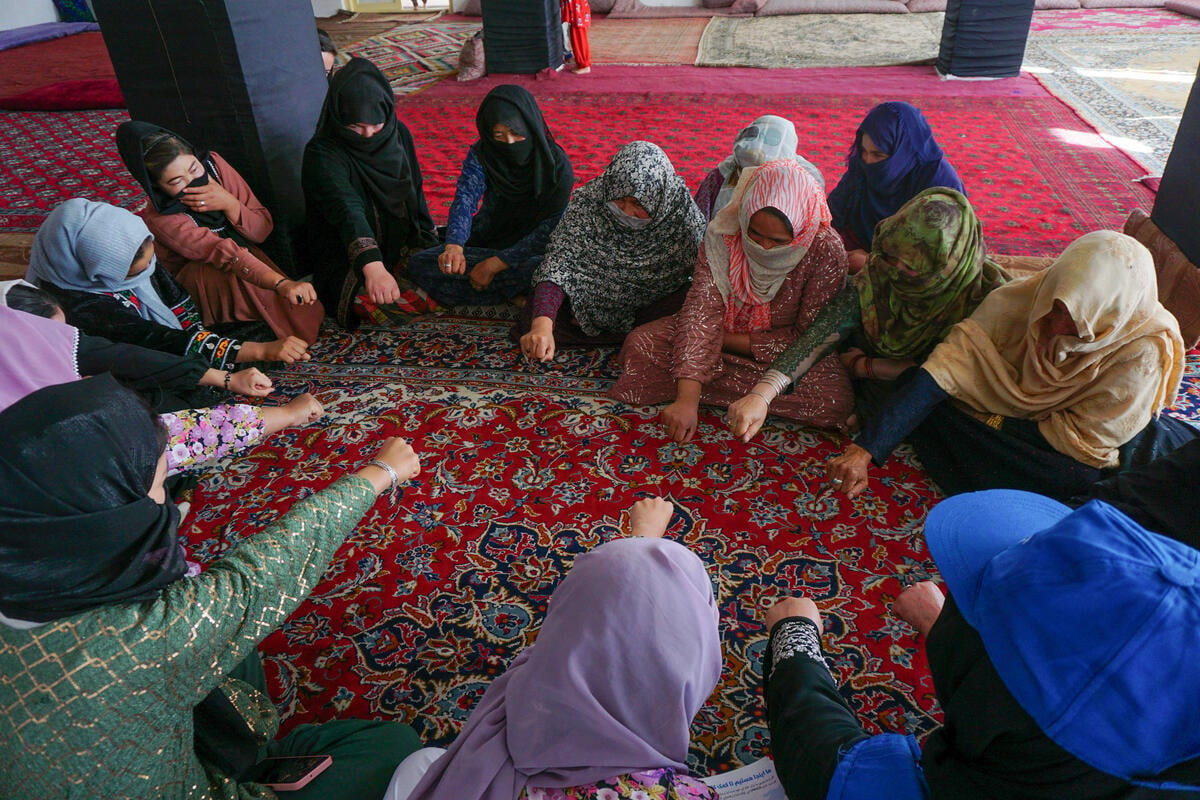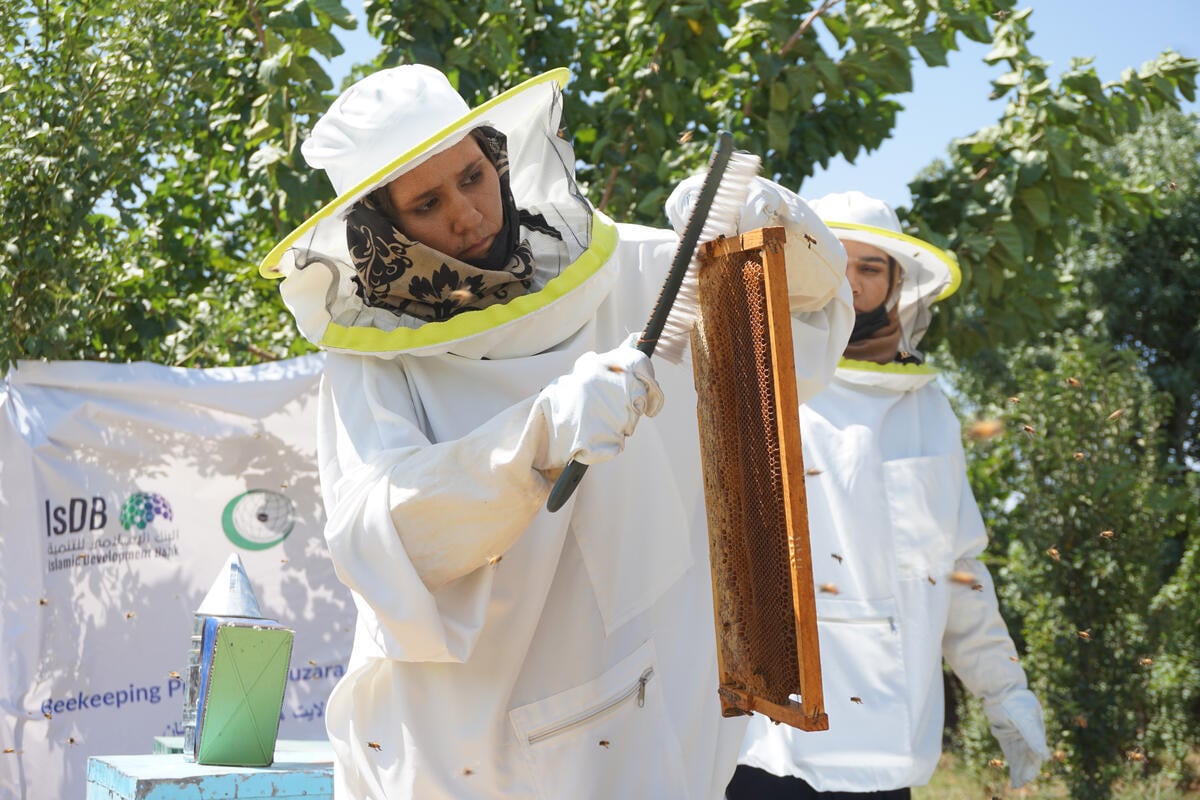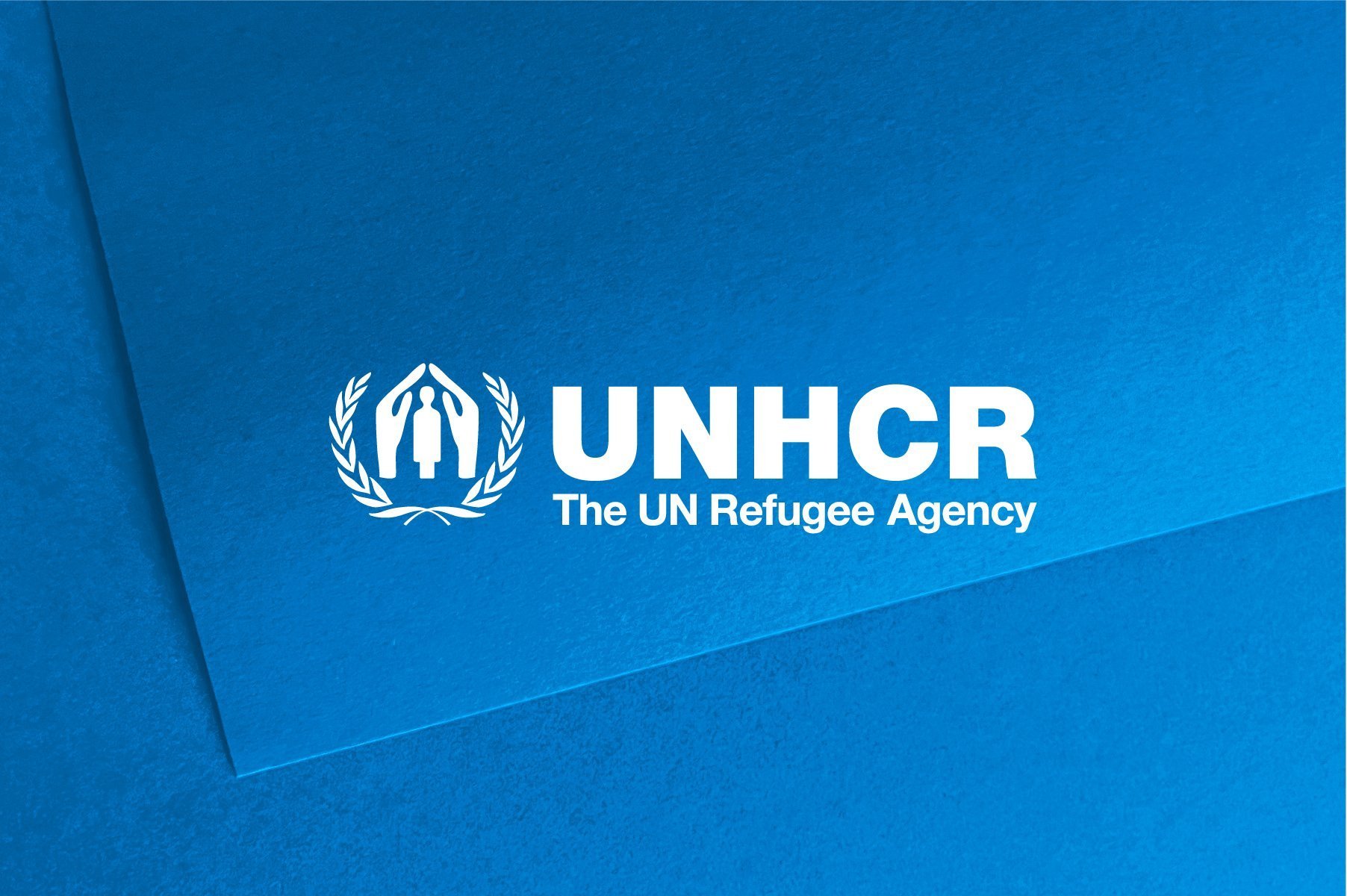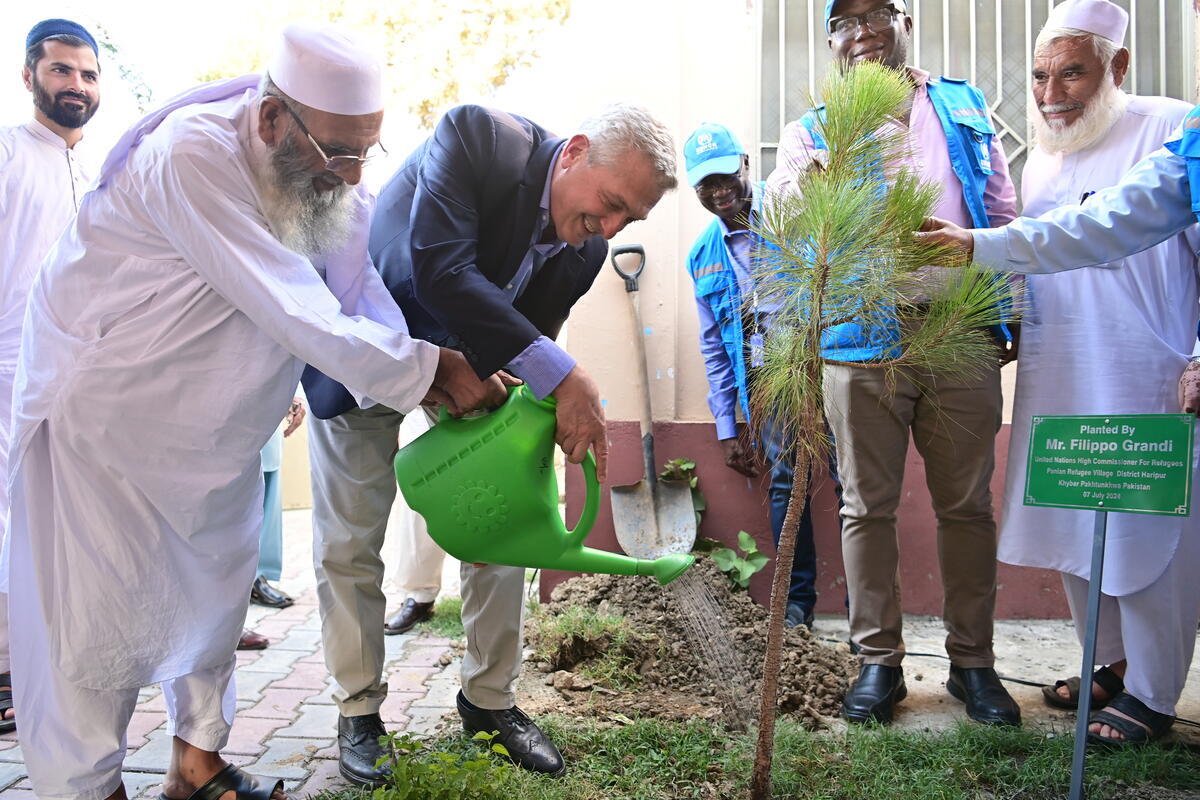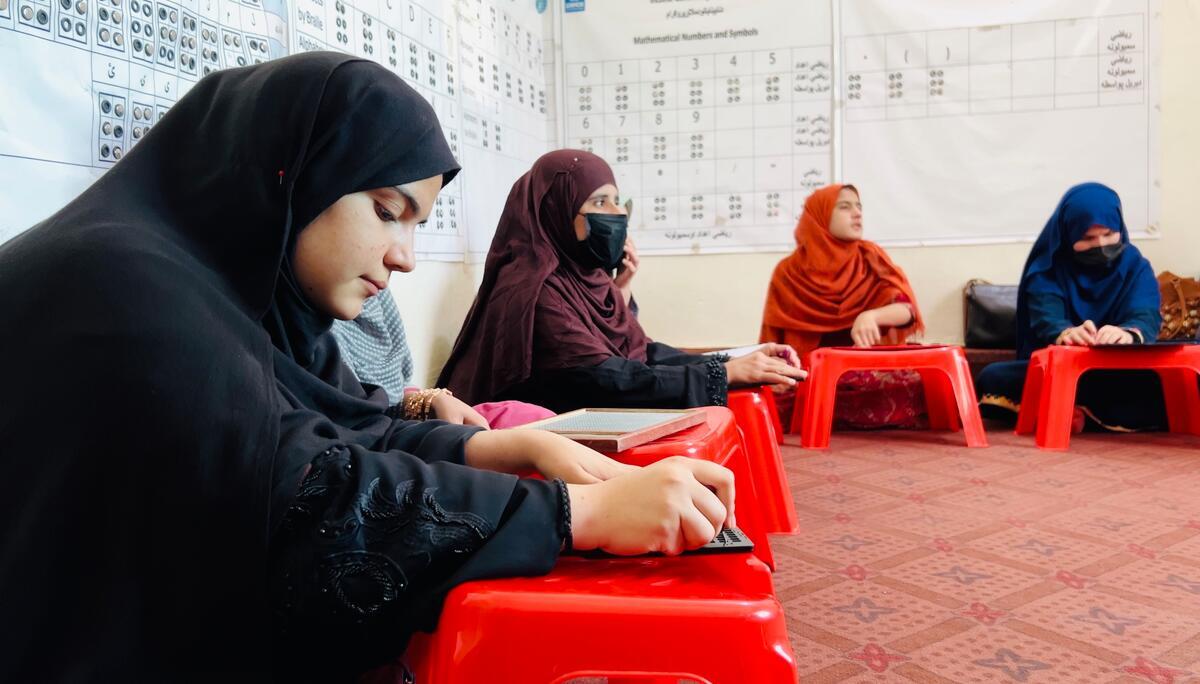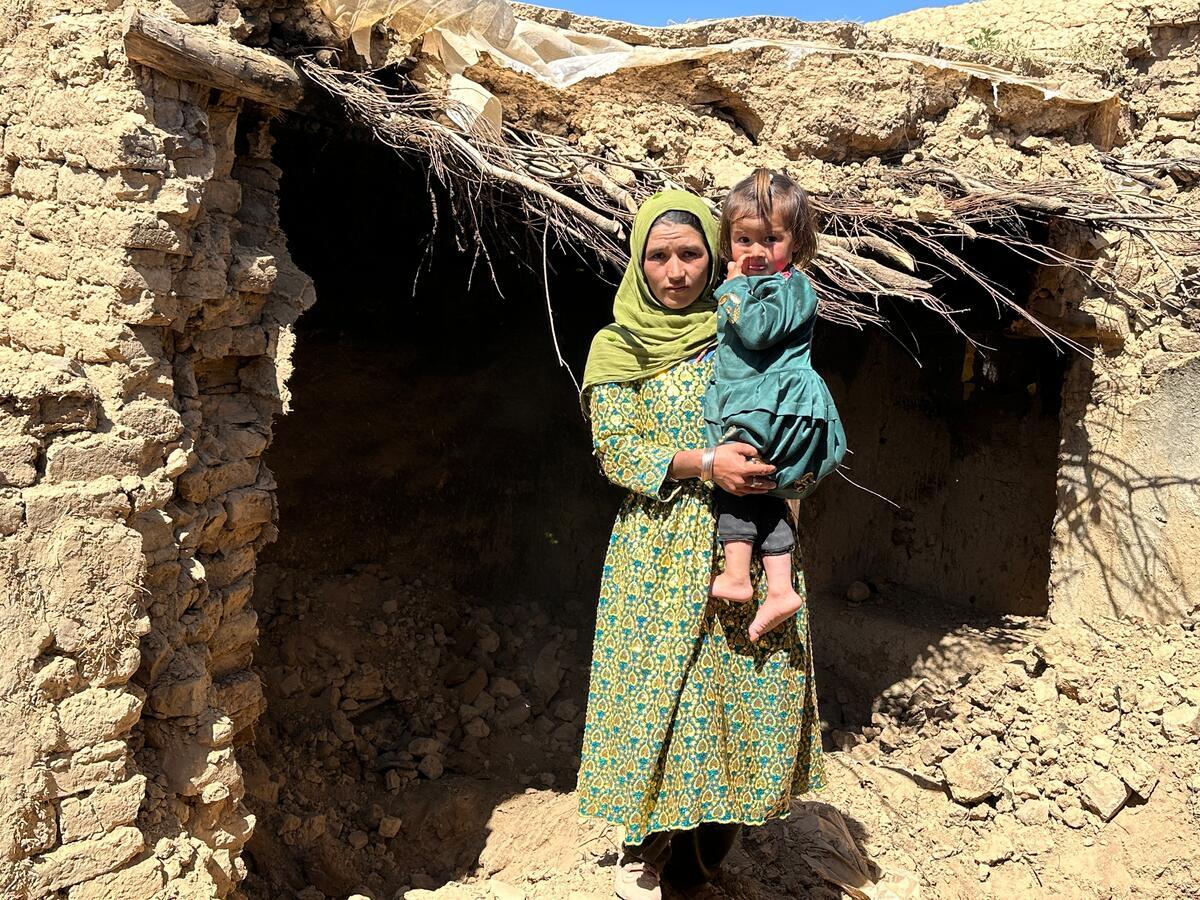Afghanistan Humanitarian Update No. 9
Afghanistan Humanitarian Update No. 9
At a Glance:
- First relief airlift of plastic sheeting scheduled to leave Copenhagen for Pakistan on Friday.
- UNHCR surveys two possible sites for new refugees near Quetta.
- Reports of some vulnerable Afghan people being admitted through Chaman border crossing by the Pakistani authorities.
- High-level talks continue with provincial authorities in Pakistan's Balochistan province.
Pakistan
A first airlift of 9,800 plastic sheets is scheduled to leave UNHCR warehouses in Copenhagen on Friday for Quetta in Balochistan Province. The airlift should arrive in Quetta on Saturday morning. A second flight is planned for the weekend, and will carry other much-needed relief items from stocks in Copenhagen. The weekend airlifts will be in addition to 2,000 tents, 6,000 quilts, 2,000 kitchen sets and 4,000 buckets that were sent by truck to Quetta from Islamabad early in this week.
UNHCR, non-governmental organizations and government officials on Wednesday visited two possible sites around Quetta, in Pakistan's Balochistan province. The two sites - Darra camp and a site called Rogani - could cater for up to 10,000 new arrivals. Both have reasonable water supplies, and the water capacity could also be improved if needed. The local population has agreed to the allocations, since it will also benefit from repairs on the water infrastructures. In all, five sites have been proposed in Balochistan - the two visited and approved yesterday, another site near the Chaman border crossing, one to the south in Chaghi, and one to the north called Qila-Saisula. UNHCR hopes to visit and evaluate the remaining three sites in coming days.
Our border monitors report that small groups of Afghans, numbering in the hundreds, have been arriving across the border at little-used frontier crossing points. Most of these people, perhaps in order not to draw attention to themselves, are proceeding to old Afghan settlements, or to towns, where their presence is largely going unnoticed. There are also unconfirmed reports that families with young men were being prevented from leaving Afghanistan, and the young men possibly conscripted.
At the Chaman border crossing, some 120 kms north-west of Quetta, there were indications yesterday that some vulnerable refugees from among the thousands reported to be massed at that border point were being allowed in.
UNHCR is actively discussing with authorities the possibility of a relief centre on Pakistani territory near the border, where the most vulnerable among the Afghans waiting at the border could be treated. This would include babies, the elderly and the sick. UNHCR and its partners, Oxfam, Mercy Corps and Save the Children US, are ready to assist as soon as authorities give the green light.
Talks are also continuing between UNHCR and senior Balochistan provincial authorities on contingency preparations and in particular additional sites for new arrivals.
Funding / Contingency Planning
UNHCR has received fresh contributions totalling US $9 million since last week's initial emergency appeal and Wednesday's appeal for US $268 million. Donors include the United States, the UK and Canada, as well as private donations. This means we still need immediately US $20 million to cater for the immediate needs to launch the relief effort, position relief material, and start initial site rehabilitation.
UNHCR has developed a contingency plan for a "worst-case scenario" influx into neighbouring countries of up to 1.5 million Afghans.
| Pakistan | up to 1,000,000 |
| Iran | up to 400,000 |
| Turkmenistan | up to 50,000 |
| Tajikistan | up to 50,000 |
| Uzbekistan | up to 10,000 |
Given the rapidly developing situation on the ground, plans are being updated constantly. Identification of additional needs has raised the funding level required to US $268 million. The funds would cover operations for six months.
Included in the planning are almost US $44 million for transport and logistics, over US $27 million for water, US $55.5 million for shelter, and over US $10 million each for health and sanitation needs.


